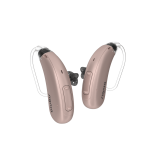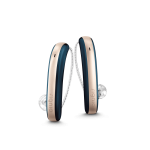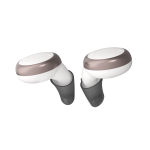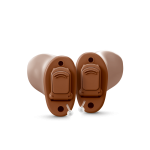Audiogram FAQs - Your Comprehensive Guide to Understanding Hearing Tests

Audiogram FAQs - Your Comprehensive Guide to Understanding Hearing Tests
Hearing is a precious sense that enriches our lives,
allowing us to connect with the world through sound. But what happens when
hearing starts to falter? This is where audiograms come into play, serving as
essential tools for understanding hearing health. In this article, we will
delve into the frequently asked questions (FAQs) surrounding audiograms,
shedding light on what they are, how they work, and what you can expect during
a hearing test. By the end of this read, you'll have a clear understanding of
the role audiograms play in diagnosing and managing hearing loss.
FAQ 1: Are Audiogram Tests Painful?
No, audiogram tests are not painful. Instead, they are
painless and non-invasive procedures designed to measure your ability to hear
sounds. During a hearing test, you'll sit in a soundproof room or wear
headphones and respond to various sounds. These tests aim to find the softest
sound level you can detect across a range of frequencies. In essence, they
create a visual representation of your hearing health, mapping how you perceive
important sounds in your daily life.
FAQ 2: Can an Audiogram Show Hearing Loss?
Absolutely. Audiograms are powerful tools for illustrating
hearing loss. They provide a detailed graph that plots your hearing test
results, offering a clear depiction of your hearing abilities in each ear. By
analyzing the audiogram, hearing care professionals can precisely pinpoint the
type and degree of hearing loss you may be experiencing.
FAQ 3: How Is an Audiogram Test Done?
An audiogram test typically involves the following steps:
Headphones or Earplugs: You'll be provided with headphones
or earplugs to wear.
Sound Responses: You'll be exposed to a series of tones,
sounds, or spoken words at different frequencies and volumes.
Button or Hand Raise: When you hear a sound, you'll press a
button or raise your hand to signal your response.
Recording: Your responses are recorded on an audiogram,
creating a visual representation of your hearing thresholds.
FAQ 4: How Do You Diagnose Hearing Loss from an Audiogram?
Hearing care professionals analyze your audiogram to
diagnose hearing loss. They examine the shape of the graph, identifying any
shifts or irregularities that indicate hearing impairment. The type and degree
of hearing loss are determined by the specific patterns present on the
audiogram.
FAQ 5: How Long Does an Audiogram Take?
The duration of an audiogram test can vary but typically lasts between 15 minutes to an hour, depending on the complexity of the assessment and the number of frequencies and volumes tested.
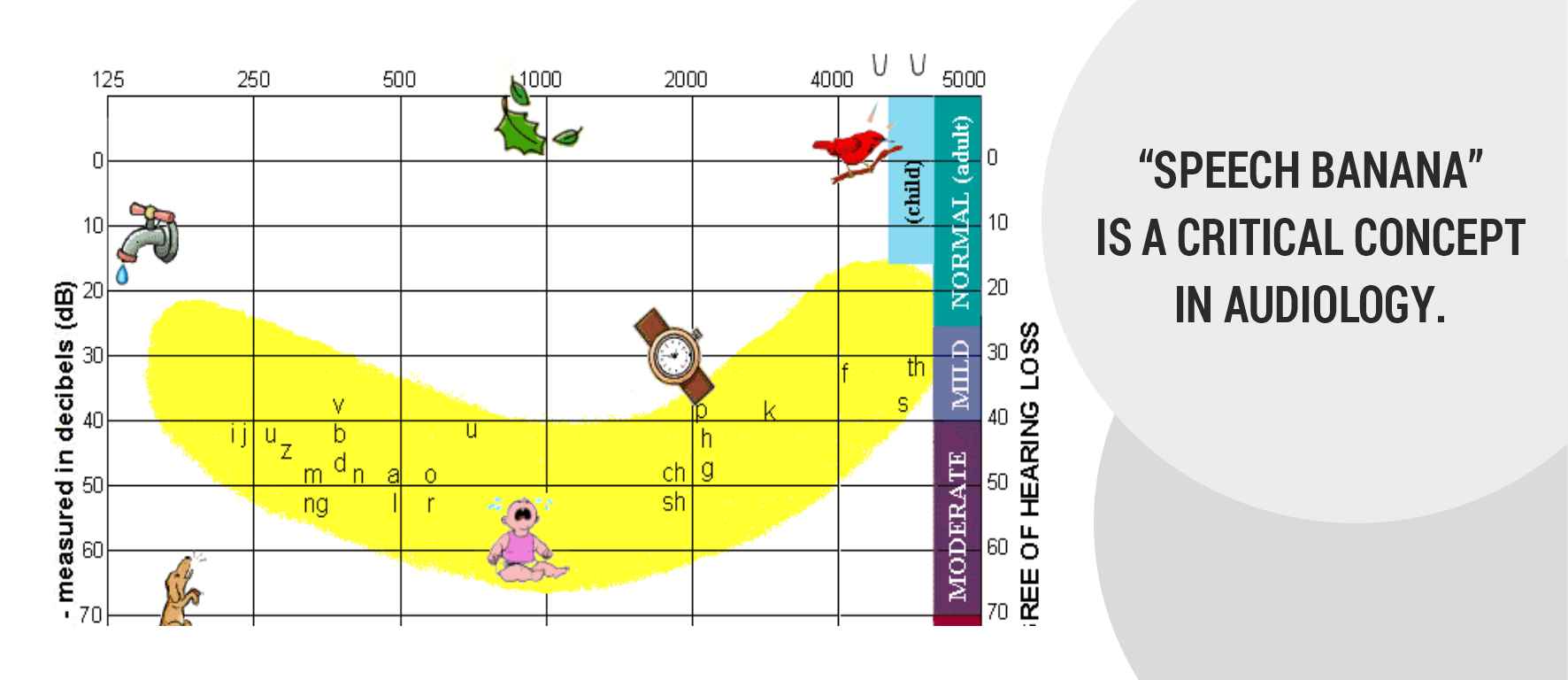
FAQ 6: Is an Audiogram the Same as a Hearing Test?
Yes, an audiogram and a hearing test are essentially the
same thing. An audiogram is the visual representation of the results obtained
during a hearing test. The hearing test measures your auditory abilities, while
the audiogram graphically presents these results for analysis.
FAQ 7: What Are Audiograms Typically Used For?
Audiograms serve a range of crucial purposes, including:
Diagnosing Hearing Loss: Audiograms help identify the type,
degree, and nature of hearing loss.
Treatment Planning: They inform treatment options, such as
hearing aids or cochlear implants.
Monitoring Progress: Audiograms track changes in hearing
abilities over time, guiding adjustments to treatment plans.
Baseline Hearing Assessment: They establish a baseline for
your hearing health, aiding in future assessments.
FAQ 8: What Are Normal Audiogram Results?
Normal audiogram results depict the ability to hear sounds
at 15 decibels (dB) or less across all frequencies. Any deviation from this
pattern may indicate hearing impairment.
FAQ 9: What Is a Speech Banana?
A speech banana is a critical concept in audiology. It's a
region on the audiogram graph where speech sounds typically fall. The shape
resembles an upsidedown "U," encompassing the frequencies and volumes
associated with human speech. If your audiogram shows hearing loss within this
region, it can significantly impact your ability to comprehend spoken language.
FAQ 10: Where Can I Find an Audiogram Test Near Me?
Locating an audiogram test near you is typically a
straightforward process. Hearing care professionals, including audiologists and
otologists, offer these tests. A simple online search or consultation with your
primary healthcare provider can guide you to the nearest hearing care specialist.
Audiograms are invaluable tools in the realm of hearing
health, offering insights into your auditory world. They are the gateway to
understanding the type and degree of hearing loss you may be experiencing,
paving the way for tailored treatment plans and improved quality of life. So,
whether you're facing potential hearing issues or simply curious about your
hearing abilities, audiograms are your trusted companions on the journey to
auditory well-being.

